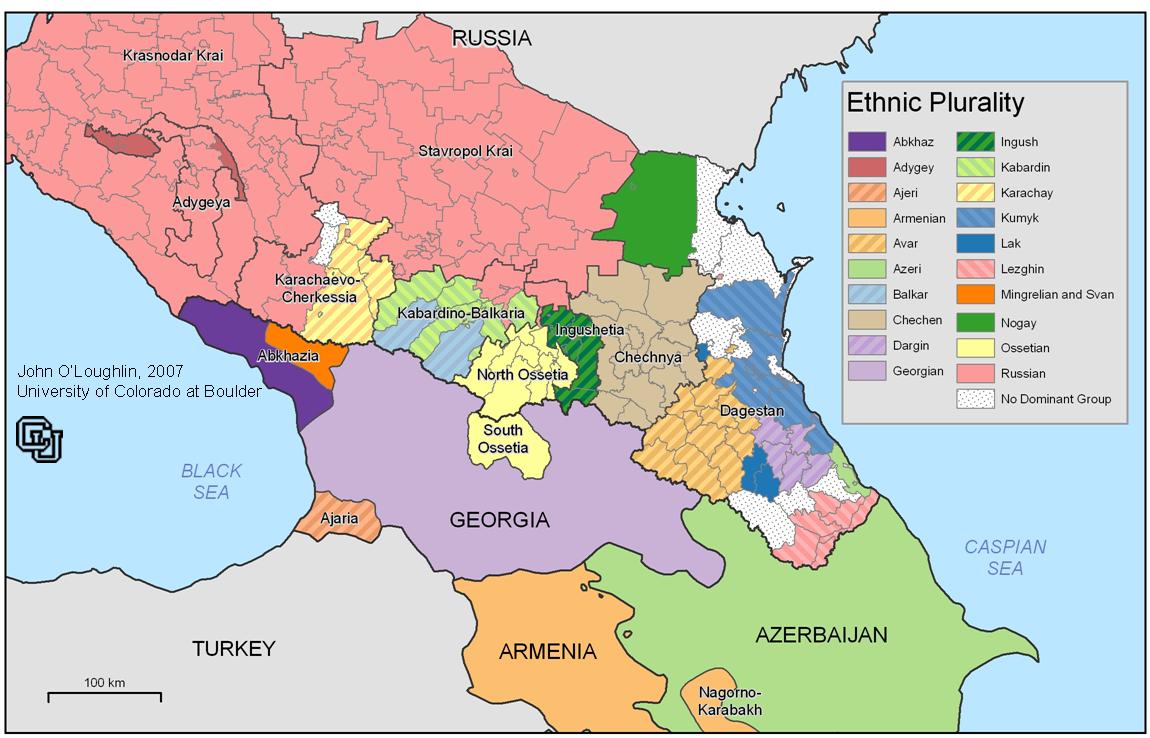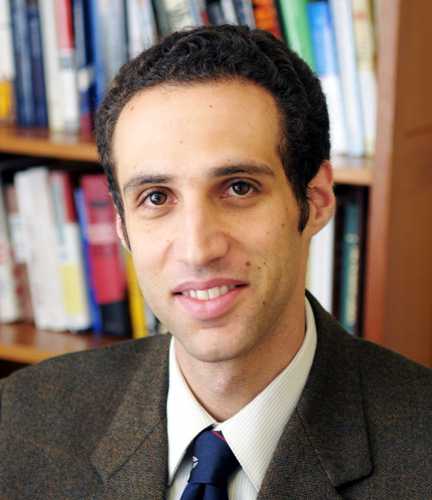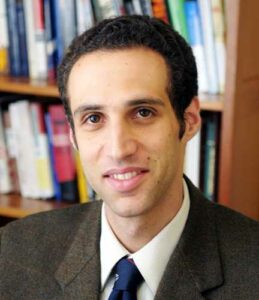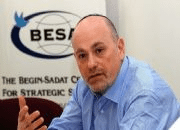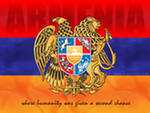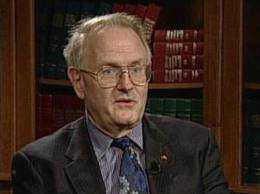
Paul Goble
Publications Advisor
Azerbaijan Diplomatic Academy
Because the international community has rejected the argument that the right of national self-determination includes the right to declare independence from an existing state if that state does not agree, Armenian activists seeking independence for Nagorno-Karabakh or alternatively its transfer from Azerbaijani sovereignty to Armenian increasingly stress that ethnic Armenians there were subject to intense economic, cultural and ethnic discrimination prior to 1988 when the war between Armenian and Azerbaijan entered its active phase.
However, as Azerbaijani analysts point out, the record shows that such claims lack any foundation and that in fact ethnic Armenians in Nagorno-Karabakh were on all objective measures economically, socially and politically better off than almost all ethnic Azerbaijanis there and in other Azerbaijani regions except for the republic capital of Baku. Those findings have now been summarized in the latest article in the “Historical Prism” series of the Azerbaijani Day.az news agency. [1]
As the article notes, “beginning with the second half of the 1960s and up to the beginning of the last phase of the conflict in Nagorno-Karabakh in 1988, the Armenian side in numerous letters and appeals to Moscow pointed to the impossibility of guaranteeing its social-economic, cultural and national development within Azerbaijan as one of the main reasons for uniting the oblast to Armenia.”
Unfortunately for their case, the article continues, the available evidence shows that Armenian claims in this regard lack any real foundation. Because the last census was carried out in Nagorno-Karabakh only in 1979—the military conflict precluded the enumeration of that region in 1989 and later—ethnic Armenians formed roughly three-quarters of the total population there at the end of Soviet times. Although industry accounted for 60 percent of the region’s GDP in 1986, only about 11 percent of working age adults were industrial workers. Most were in agriculture and especially various aspects of grape and wine production. Nonetheless, the article notes, only Baku and Sumgayit in Azerbaijan had a higher percentage of working-age adults in industrial pursuits.
In the mid-1980s, Nagorno-Karabakh annually exported 150 million rubles of industrial and agricultural produce, but only three-tenths of one percent of that production went to Armenia—and only 1.4 percent of the region’s “imports” came from that Soviet republic. These two figures underscore, the article continues, how little integrated Nagorno-Karabakh was with Armenia and how much with the rest of Azerbaijan, again contrary to Armenian nationalist claims.
Both industrial and agricultural production in Nagorno-Karabakh was rising rapidly at that time, again contrary to Armenian claims. Although the region constituted only two percent of the total Azerbaijani output, its share of republic GDP was five percent, a figure that reflected the fact that between 1973 and 1978, industrial production in Karabakh rose by 300 percent and agricultural by 150.
Because of this growth and because of the capital investments in Karabakh by Baku, the article says, “the level of life of the population of Nagorno-Karabakh was the highest among other regions of the republic and could be compared with the level of life in Baku.” In 1986, annual per capita income in Karabakh was 1113.5 rubles, 97.8 rubles above the all-republic average and 170.4 rubles above the per capita figure in Nakhchivan.
Residents of Karabakh—including the ethnic Armenians—also had more housing stock. In 1987, for example, each resident there had on average 14.6 square meters, compared to an all-Azerbaijani average of 10.9 square meters. And similarly high levels existed in terms of the medical service Karabakh residents had as well, the Day.az article continues.
Despite Armenian nationalist claims, the article says, “the Armenian language [at the end of the 1980s] occupied a dominant position in the oblast.” At that time, there were 205 primary schools and six specialized secondary schools, almost all of which had Armenian as the language of instruction. Moreover, and again contrary to Armenian nationalist claims, the Azerbaijani authorities encouraged visits by Armenian SSR cultural figures to Karabakh and did not prevent ethnic Armenians in that oblast from travelling to Yerevan.
The educational system was not the only place where the ethnic Armenian majority in Karabakh enjoyed advantages. The government soviets in that oblast, with the exception of Shusha, were overwhelmingly made up of ethnic Armenians, in most cases 90 to 98 percent. In the oblast committee of the Communist Party, the majority of the 165 members consisted of ethnic Armenians, with only 24 of them—13 percent—being ethnic Azerbaijanis. The same situation obtained among the secretaries of primary party organizations; in some cases, as in Khankendi, the Day.az article points out, “practically 100 percent were reserved for the Armenians.” And Armenian predominance was observed in trade unions, the Komsomol, and also in the militia. Indeed, in many of these institutions, ethnic Azerbaijanis were underrepresented relative to their share in the population.
The underlying demography in Karabakh was changing, both as a result of higher fertility rates among the ethnic Azerbaijanis and outmigration of ethnic Armenians to Armenia if they spoke Armenian or to the RSFSR if they spoke Russian and of ethnic Azerbaijanis from Karabakh to major Azerbaijani cities such as Baku. Prior to the 1960s, most ethnic Armenians who left Karabakh went to Baku or other industrial centers, the article continues, but after that time, most of them went beyond the borders of Azerbaijan and in large measure to neighboring Armenia.
While some of this may have reflected underlying tensions between the two basic communities of the region, much of it reflects the fact that in 1959 the Soviet authorities gave collective farmers their passports thus allowing rural people to move more easily to the cities. In the case of Azerbaijan, this led to an expansion in the use of Azerbaijani in Baku and other cities at the expense of Russian and undoubtedly to greater ethnic self-consciousness among the republic’s titular nationality as well, something that may have had an impact on ethnic Armenians in Karabakh and elsewhere.
Between 1970 and 1979, the number of ethnic Azerbaijanis in Azerbaijan as a whole increased by 25 percent and in Karabakh by 37 percent. And in the latter, Azerbaijanis “took the jobs freed up by the migration of ethnic Armenians out of Karabakh,” a situation that undoubtedly had an impact on how both groups viewed the future. That, rather than any discrimination by Baku against ethnic Armenians, explains the basic trends, and as the international community seeks a resolution of the Karabakh conflict, it is worth remembering that before the war, the ethnic Armenians in Karabakh were doing better than many of their neighbors, something that would not have been the case had the current claims of Armenian nationalists were true.
Notes
[1] See https://news.day.az/politics/338784.html (accessed 20 June 2012).
source –

